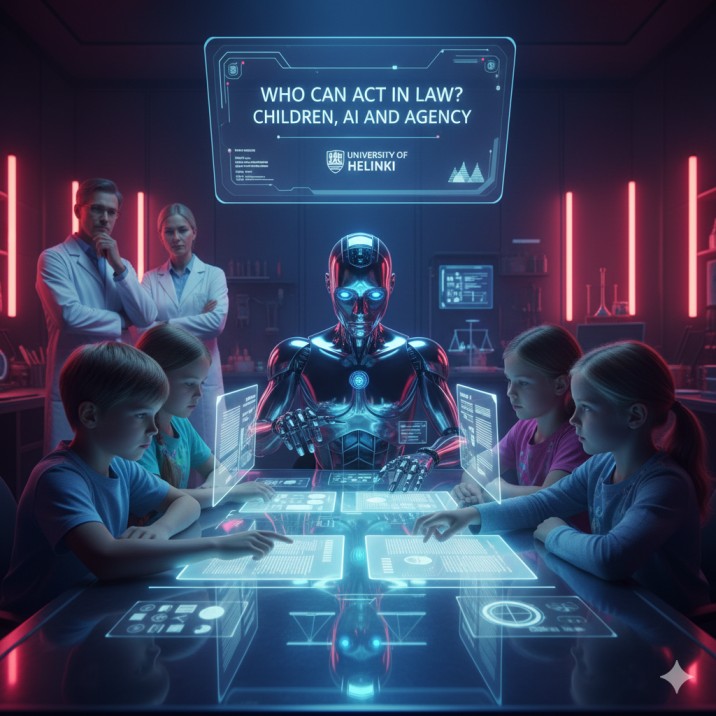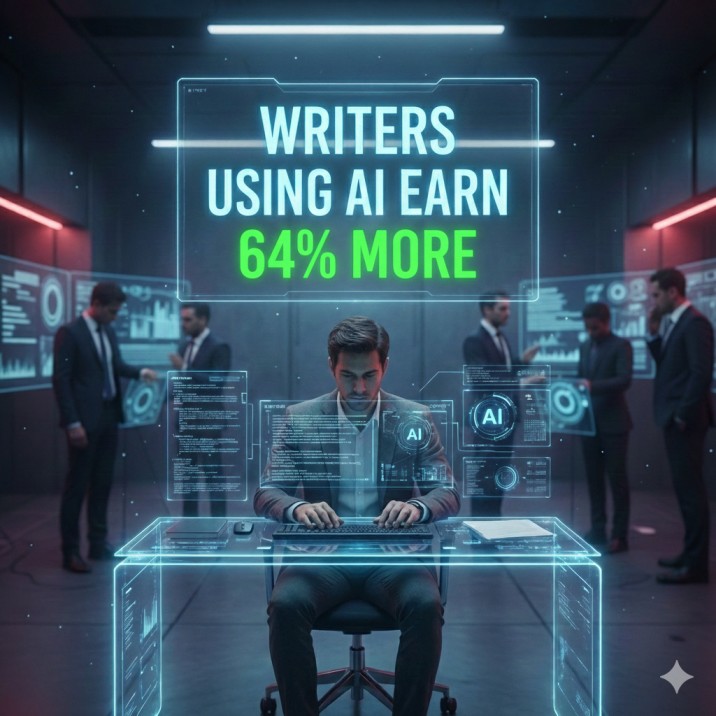Smart Interfaces, Smarter Tools: How AI is Reshaping UX/UI Design
In today’s fast-moving digital landscape, user expectations are at an all-time high. Whether it’s a mobile app or a website, users now demand intuitive, personalized, and seamless experiences, instantly. Meeting those expectations has pushed UX/UI designers to evolve rapidly, and the secret weapon behind this transformation is artificial intelligence.
AI is fundamentally transforming how interfaces are created. From faster wireframing to real-time personalization, AI tools are reshaping the very core of design thinking. But with so many new tools and techniques emerging, how do designers keep up? How can teams stay ahead of the curve without falling into the trap of over-automation?
This is where smart learning paths, like the AI UX Designer certification, play a game-changing role. Whether you’re a beginner looking to get into AI UX design or a professional seeking advanced AI UX design course material, this certification can bridge the gap between traditional UX/UI practices and the AI-powered future.
Let’s explore how AI is reshaping UX/UI design, the latest trends, the opportunities it brings, and why now is the best time to master the AI UX design process training.
Why AI in UX/UI Design is More than Just a Trend
AI is no longer an emerging concept in UX/UI—it’s a driving force. Designers are leveraging AI to:
- Accelerate repetitive tasks like prototyping and A/B testing.
- Personalize user journeys based on behavioral data.
- Improve accessibility through real-time language translation and voice-guided interfaces.
- Predict design outcomes before launch using machine learning models.
The rise of AI means that designers must now become data-smart, tech-aware, and strategically aligned. That’s why upskilling through an AI UX strategy certification is essential.
Key Ways AI is Reshaping UX/UI Design
Let’s break down the major shifts happening in the field, powered by AI:
1. AI-Powered Prototyping and Wireframing
Traditional wireframing is time-consuming and can require endless back-and-forth with clients or stakeholders. Today, AI tools like Uizard and Framer use natural language inputs or rough sketches to generate professional-grade wireframes instantly.
These tools learn from existing patterns and suggest layouts, colors, and typography based on current design trends. This allows designers to shift focus from execution to strategy—something covered deeply in any advanced AI UX design course.
2. Hyper-Personalization with Predictive UX
AI can analyze vast user data in real time to offer highly personalized experiences. From Spotify’s custom playlists to Netflix’s tailored recommendations, predictive UX is becoming the norm.
Designers trained in the AI UX design process training can integrate predictive analytics into their workflows, enabling smarter, user-centric designs that adapt dynamically to behavior.
3. Voice and Conversational Interfaces
With the rise of voice assistants like Alexa and Siri, designing for conversation is a growing challenge. AI allows designers to prototype conversational flows, understand natural language inputs, and create voice interfaces that feel intuitive.
By completing an AI UX strategy certification, designers can learn how to integrate voice UI, tone of voice guidelines, and sentiment analysis into the design process.
4. AI in Usability Testing
Traditional usability testing involves live user sessions and long analysis cycles. AI tools now automate much of this, analyzing eye movement, click patterns, and scroll depth to identify friction points.
AI-enhanced tools like Maze or Useberry are giving designers the ability to iterate faster, spot usability issues instantly, and simulate user responses—crucial components of the AI UX design process training framework.
5. Design Accessibility at Scale
AI is playing a key role in improving digital accessibility. Tools can automatically adjust contrast, detect alt-text gaps, or suggest layout changes for screen readers.
This is particularly helpful for teams that aim to build inclusive products at scale—something deeply emphasized in the advanced AI UX design course by AI CERTs®.
Top AI Tools Designers Should Explore
Here’s a quick list of top AI tools every UX/UI designer should consider integrating:
- Uizard – For quick wireframes and mock-ups from sketches or written ideas.
- Khroma – AI-powered color palette generator.
- RunwayML – For editing visuals and adding effects using AI.
- Figma AI Plugin – Automates repetitive design tasks within Figma.
- Attention Insight – Predicts how users will interact with your designs using heatmaps.
These tools, when combined with the right training, can enhance your design speed, accuracy, and creativity.
Challenges Designers Face Without AI Knowledge
Even as AI tools become widely available, there’s a skill gap that limits their effective use. Some common challenges include:
- Misunderstanding how AI tools analyze data and generate insights.
- Over-reliance on automation leads to generic design outcomes.
- Difficulty integrating AI outputs into traditional workflows.
- Lack of confidence in presenting AI-backed design ideas to stakeholders.
By taking up an AI UX strategy certification, designers can gain clarity and confidence in navigating these challenges with a future-ready mindset.
Why AI CERTs®’ AI UX Designer Certification Is the Perfect Starting Point
AI CERTs® AI UX Designer certification is designed for today’s dynamic professionals. The program offers:
- Real-world case studies and tool demos.
- Step-by-step walkthroughs of the AI UX design process training.
- Modules focused on personalization, data-informed design, and AI ethics.
- Knowledge around the latest trends and tools reshaping UI/UX design.
- Certification credibility that helps you stand out in a competitive market.
Whether you are a beginner or a mid-career designer, this advanced AI UX design course ensures you’re not just using AI but leading with it.
What’s Next for AI in UX/UI?
The future of AI in UX/UI design is bright and fast-evolving. Expect more AI-human collaboration tools, deeper personalization, and predictive design models that adjust in real time.
Here’s what designers can expect in the coming years:
- Cross-platform AI-generated design recommendations.
- Sentiment-based UI that adapts in tone and appearance.
- More inclusive design through multilingual and assistive AI tools.
- AI copilots integrated within design software to offer live suggestions.
This makes the timing perfect to invest in upskilling. The earlier designers learn to lead with AI, the better they’ll serve user needs and their careers.
Stay Ahead or Stay Behind
AI is here to empower UX/UI designers. But that empowerment only works when designers embrace AI with curiosity, clarity, and the right training.
So if you’re serious about staying relevant in this new era of design, now is the time to leap. The AI UX Designer certification by AI CERTs® offers everything you need to master AI-led design thinking, tools, and strategy.
Or
Self-Paced Course
Don’t let the future of design pass you by. Be the designer who leads it.
Ready to reshape your career?
Enroll in AI UX Designer certification today and start building smarter, faster, and more human-centric designs.
Recent Blogs

FEATURED
How AI Training Programs Are Shaping the Future of Workforce Retention
December 30, 2025
FEATURED
Is Your Company Ready for AI Training? A Readiness Checklist
December 30, 2025
FEATURED
What Are AI Training Programs and Why Do They Matter for Organizations?
December 30, 2025
FEATURED
Who Can Act in Law? New Research at the University of Helsinki Connects Children, AI, and Agency
December 30, 2025
FEATURED
Writers Using AI Earn 64% More, New Survey Finds
December 30, 2025

